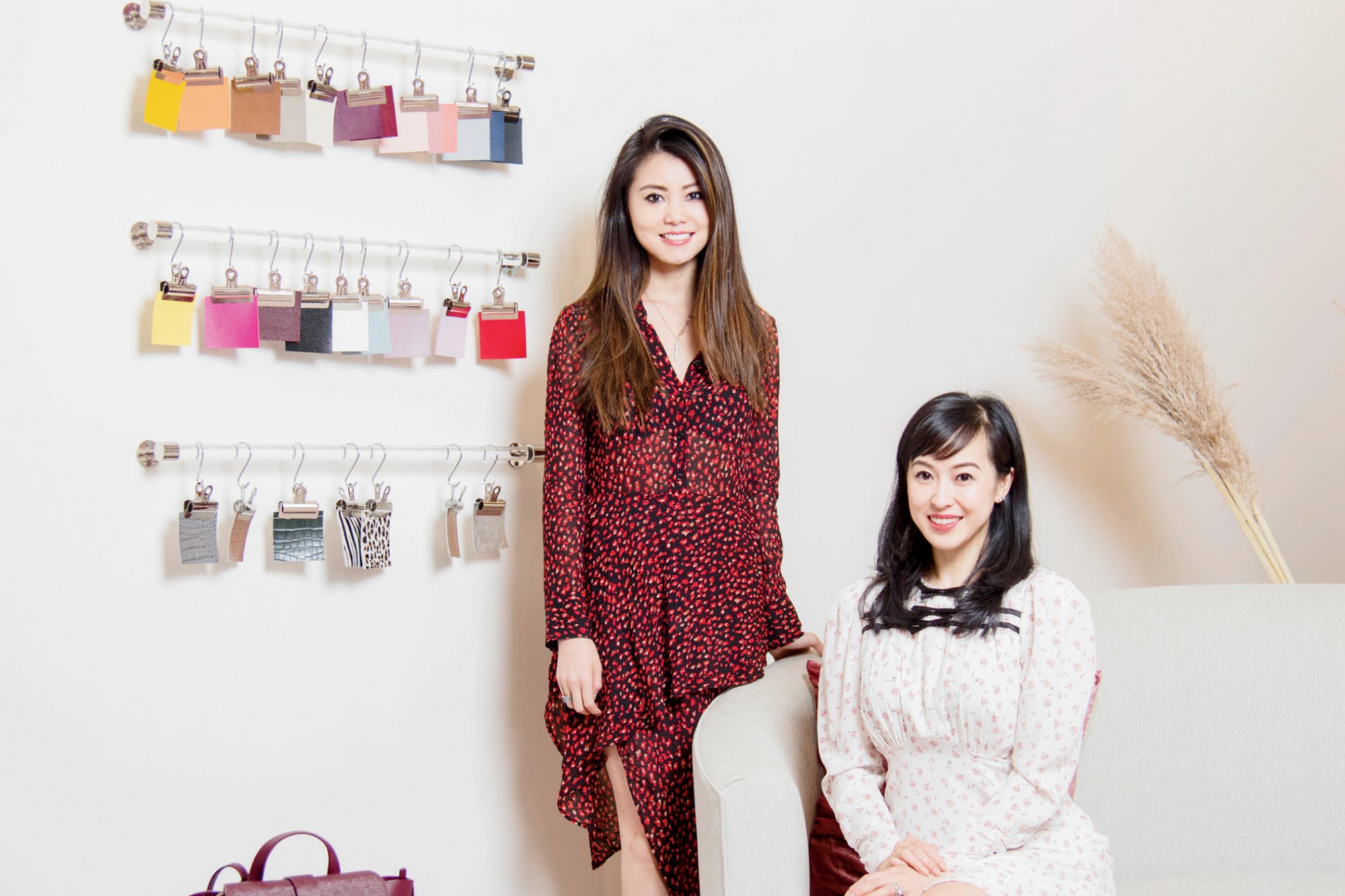
Fashion is all about insider status, but to truly innovate, these founders wanted to break away from the pack.
September 10, 2020 4 min read
This story appears in the September 2020 issue of Entrepreneur. Subscribe »
Coral Chung and Wendy Wen had built successful careers in business consulting and investment banking, respectively. When they both ended up doing some work with storied luxury fashion brands (Chung with Prada, and Wen with Chanel), the Stanford business school grads identified the same big problem: Nobody was taking a digital-first approach to serving professional millennial women — so they decided to try. Chung and Wen created Senreve, a direct-to-consumer luxury fashion brand, and launched their first product in 2016. (It’s called Maestra, a bag that can be worn as a tote, a crossbody, or a backpack and has enough space for the many tools of a busy executive.) Since then, Senreve has exploded, being embraced by celebrities like Selma Blair and Priyanka Chopra, and raising $23 million. How’d they do it? By owning their outsider status.
1. Select your home base.
Industry insiders told Chung and Wen to base their company in New York, fashion’s epicenter. But they decided on Silicon Valley instead. “There are a lot of D2C businesses coming out of New York, and it is a bubble, to a degree,” Chung says. “You look at so-and-so’s website and it looks just like another brand’s, and you can tell what agency they used. But we’re outside that bubble. Especially in the beginning, not being in that echo chamber was a huge pro.”
Related: 3 Innovations That Could Radically Change the Fashion Industry
2. Don’t compromise.
Chung and Wen envisioned a super-functional bag with lots of intentional interior pockets. But the veteran fashion designers they’d hired pushed back, saying it would be too expensive. “One designer literally told us, ‘Design at the cost you want, and the customer will accept it,’ ” Wen recalls. “But we don’t want our consumer to ‘accept’ a bag; we want her to love it. It might be worse for our margins, but we wouldn’t compromise.”
3. Make it personal.
To make Senreve products feel truly special, the founders wanted to work with legacy artisans in Italy — but as a Silicon Valley startup, that took some convincing. “Our factory has turned down many celebrity designers but decided to work with us because Coral spent hours wining and dining them, getting to know their families, introducing them to her family,” Wen says. “It’s a testament to her preparedness and ability to build relationships.”
Related: Much More Than Catwalks and Champagne: Why Startups Should Pay More Attention to Fashion Weeks
4. Choose partners wisely.
Early on, when the founders were still bootstrapping, a venture capitalist offered Senreve a $1 million investment — and they turned it down, choosing instead to focus on smaller angel investments. “We needed time to evolve and find our product-market fit,” Chung says. “It wasn’t the right time, and he wasn’t the right partner. I don’t think we’d be around if he was the third partner around the table. We were flattered, but his ideas weren’t aligned with ours.”
5. Find your influencers.
Many fashion brands chase influencers and celebrities, but Chung and Wen didn’t — at first. Instead, they worked to get their bags in front of their target audience. “It was women in tech, managing directors in finance and private equity,” Chung says. “They’d wear the bag, love the bag, go to conferences, and that’s what started the momentum.” From there, A-listers started showing off their Senreve bags on Instagram, solidifying the brand’s insider status.
loading…








